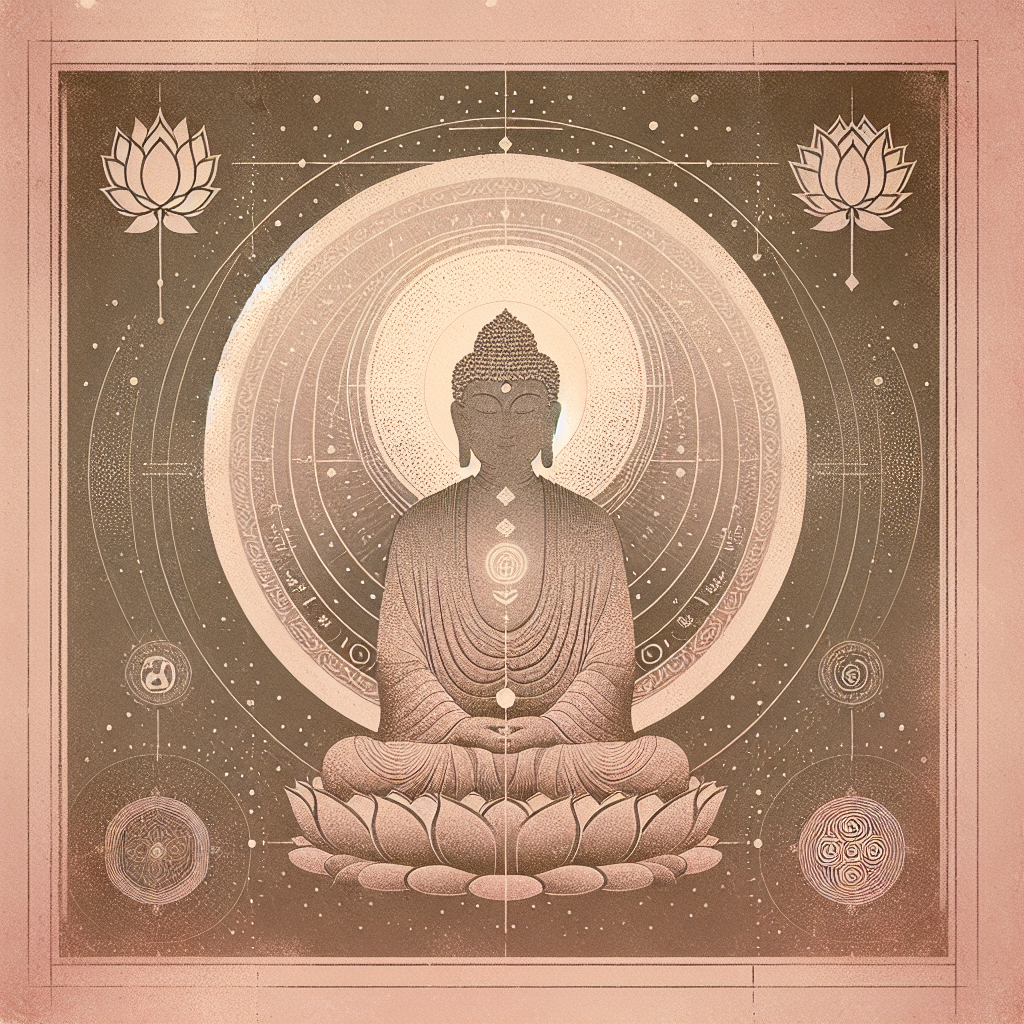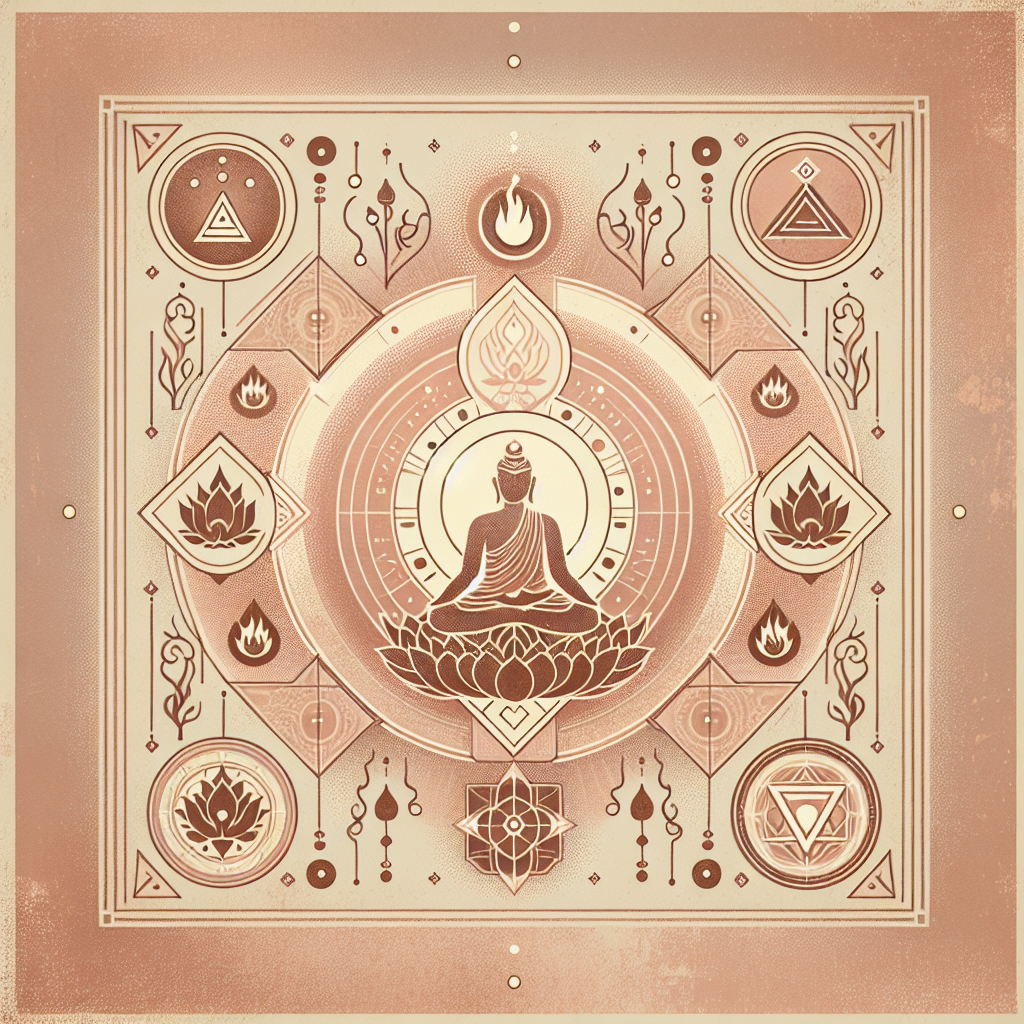
Siddhārtha Gautama (the Buddha): History, Teachings, and Legacy
Introduction
Siddhārtha Gautama (Sanskrit: सिद्धार्थ गौतम; Pali: Siddhattha Gotama), known as Śākyamuni (Sanskrit: शाक्यमुनि, “sage of the Śākyas”) and commonly called “the Buddha” (“the Awakened One”), is the historical figure whose teachings became the foundation of Buddhism. Modern scholarship places him in North India and the Himalayan foothills during the second urbanization of South Asia. Because our earliest texts were written down generations after his death and blend legend with memory, many biographical details remain debated. Even so, a consistent scholarly picture has emerged. Most specialists situate his lifetime in the 5th century BCE (with some arguing late 6th to early 4th century parameters), identify his birthplace near Lumbinī (present-day Nepal), and place his death near Kuśinagara (now Kushinagar, Uttar Pradesh, India). These placements are supported by literary traditions and by Mauryan inscriptions that anchor the core geography of early Buddhism. [1][2][3][4]
The Buddha’s significance lies not only in his personal search for awakening but also in the durable intellectual, ethical, and institutional project he began. He taught a middle way between indulgence and extreme asceticism, grounded in direct insight into suffering, its causes, its cessation, and practical means to that cessation. From this nucleus developed one of the world’s major religious and philosophical traditions, with diverse schools, rituals, artistic cultures, and monastic networks across Asia and, in modern times, the globe. [1][4]
Life & Historical Setting
Classical sources present the Buddha as born into the Śākya clan, a kṣatriya (noble) lineage in a small polity on the northern Gangetic rim. The political map of his time featured large mahājanapadas (notably Magadha and Kosala) alongside smaller gana-saṅghas (oligarchic republics) such as the Śākyas. This landscape fostered lively intellectual competition among Brahmanical teachers and non-Vedic śramaṇa movements (wandering renunciants), within which early Buddhism took shape. [1][4]
Archaeology provides an independent anchor for this geography. A Mauryan pillar inscription at Rummindei (Lumbinī), attributed to Emperor Aśoka (3rd century BCE), records the site as the Buddha’s birthplace and marks it with fiscal privileges, offering strong epigraphic support for the location preserved in Buddhist memory. Although no inscriptions survive from the Buddha’s own lifetime, the Mauryan evidence—together with converging traditions across Pali, Sanskrit, and later commentarial literatures—situates the movement’s origins in the northeast Indian cultural sphere. [3][1]
Canonical narratives describe a privileged early life, followed by renunciation after encountering sickness, old age, death, and a contemplative ascetic—the famous “four sights.” Scholars generally view this sequence as a later literary motif conveying the existential impetus of renunciation rather than a verifiable chronology. More historically plausible is that Siddhārtha left household life in early adulthood to join the wider śramaṇa world, studied with prominent teachers and a respected guru, undertook severe austerities near Uruvelā (today Bodh Gaya), then abandoned extreme asceticism for a “middle way.” His awakening (enlightenment) is located at Bodh Gaya beneath a fig tree later venerated as the Bodhi tree. [2][1]
After awakening, the Buddha is said to have traveled to the Deer Park at Sarnath (near Vārāṇasī), where he “set in motion the wheel of Dharma,” teaching a small group of former companions. From this start, he spent decades traveling across the Ganges plain, instructing laypeople and monastics and receiving support from patrons such as King Bimbisāra of Magadha and other regional elites—patterns consistent with the social and economic realities of the time. The tradition places his death (parinirvāṇa) at Kuśinagara, followed by cremation and distribution of relics—events that became foundational for Buddhist cult and stūpa worship. [1][2]
Modern historians emphasize that our earliest sources were compiled centuries later, with different schools preserving overlapping yet not identical memories. Scholars therefore distinguish between a likely historical core (regional setting, renunciant context, teaching themes, monastic community) and hagiographic expansions (portentous birth narratives, cosmic signs). This careful separation keeps the reconstruction responsible and clear. [1][2][4]
His Message & Core Insights
Buddhist sources portray the Buddha not as a conduit of divine revelation but as a discoverer and teacher of a path verified by experience. His teaching is classically summarized in four interrelated insights, often called the Four Noble Truths: [1][4]
- The pervasive unsatisfactoriness or suffering (duḥkha).
- Its origination in craving and ignorance.
- Its cessation (nirvāṇa).
- A practical path—the Noble Eightfold Path—leading to that cessation.
The path integrates ethical discipline, meditative cultivation, and wisdom:
- Right view and right intention.
- Right speech, right action, and right livelihood.
- Right effort, right mindfulness, and right concentration. [1][4]
This path is meant to be lived and tested. It invites steady transformation—clarifying perception, softening clinging, and deepening compassion.
Distinctive Ideas in Early Buddhism
Two doctrinal ideas stand out:
- Dependent origination (pratītyasamutpāda): a vision of conditioned co‑arising in which phenomena arise and cease due to causes and conditions, challenging reified metaphysical essences.
- Not‑self (anātman): rejection of a permanent, independent ātman. Instead, the person is analyzed into impermanent “aggregates” (skandhas) of body, feeling, perception, formations, and consciousness.
These analyses do not aim at nihilism. Rather, they reduce clinging by encouraging a clear, compassionate seeing of processes as they are. [1][4]
Ethics and Practice
Ethically, the Buddha framed conduct as intentional and consequential. Karma is primarily about volition: intentional acts shape future experience within the cycle of birth and death (saṃsāra). Lay followers are commonly guided by five precepts: [1][4]
- Abstain from killing.
- Abstain from stealing.
- Abstain from sexual misconduct.
- Abstain from false speech.
- Abstain from intoxicants.
Monastics observe extensive discipline codified in the Vinaya. Compassion (karuṇā) and loving‑kindness (maitrī/metta) are cultivated through meditation and daily conduct, fostering connection and care in ordinary life. [1][4]
Method and Approach
Methodologically, the teaching emphasizes direct insight through meditation (dhyāna/jhāna) and mindful observation. It also highlights practical discernment: teachings are to be tested against experience and measured by their capacity to diminish suffering. This orientation helped Buddhism develop both rigorous scholastic traditions (Abhidharma) and contemplative lineages, all claiming fidelity to the Buddha’s pragmatic soteriology—liberation through understanding and practice. [1][4]

How the Movement Started
The early community (saṅgha) formed around a compelling teacher who offered a disciplined path and a supportive communal structure. Traditional accounts present the Buddha’s first disciples as five ascetics who became the initial monastic core after the Sarnath discourse. Subsequent converts included laypeople and householders who offered alms and lodging, creating a reciprocal lay–monastic economy that stabilized the movement. [1][2]
Institution‑building was essential. The Buddha is credited with establishing procedures for ordination, communal decision‑making, and conflict resolution, along with detailed disciplinary rules collected in the Vinaya. The admission of women to a parallel order of nuns (bhikkhunī) is ascribed to the Buddha with additional regulations; historical details are debated, but the early tradition preserves the inclusion of women within the renunciant framework. Linguistically, teaching likely occurred in early Middle Indo‑Aryan dialects; later standardization into Pali (for the Theravāda) and various Buddhist Sanskrit idioms reflects regional and sectarian transmission rather than the Buddha’s personal usage. [1][4]
After his death, organization further shaped the movement. Traditions recount councils at Rājagaha and later at Vaiśālī (and beyond) to recite and regulate the teachings. While the historicity and scope of these councils are debated, the narratives show an early concern for preserving a shared corpus and maintaining communal discipline. Over the following centuries, schools differentiated doctrinally and geographically yet retained a common lineage to the Buddha’s core teaching and model of monastic life. [1][2]
Lasting Impact
The Buddha’s impact unfolded in phases: consolidation in the Ganges plain, adoption by imperial elites, and diffusion across Asia. In the 3rd century BCE, Emperor Aśoka endorsed the Buddhist saṅgha, invoked dhamma (ethical governance) across his edicts, and legislated against schism. One edict recommends specific texts, indicating close familiarity with Buddhist teaching, and others record contacts with Hellenistic rulers—evidence for diplomacy and cultural reach. While later Sri Lankan chronicles describe missions led by Aśoka’s kin, the epigraphic record itself is more general; it nonetheless confirms royal support, attention to the saṅgha, and the marking of key sites such as Lumbinī, which catalyzed pilgrimage and institutional growth. This entanglement of ethical kingship, public inscriptions, and monastic infrastructure helped transform a regional renunciant movement into an enduring transregional tradition of buddhism. [3][1][3]
Material culture amplified that legacy. The cult of relics and the construction of stūpas and monasteries created focal points for devotion, teaching, and community life. Over time, images of the Buddha, narrative reliefs, and sophisticated architectural forms spread from Gandhāra and Mathurā across Central, East, and Southeast Asia, translating the message into visual languages that shaped literature and the arts. [1][2]
Philosophically, schools developed rigorous analyses of mind, language, and reality—from Abhidharma systematizations to later Mahāyāna currents such as Madhyamaka and Yogācāra—all claiming to preserve or reinterpret the Buddha’s insight into dependent origination and the cessation of suffering. [1][4]
The Buddha’s teachings also reshaped ethical and social ideals. He offered a path accessible to householders as well as renunciants; emphasized intention, compassion, and non‑harm; and proposed a disciplined, learnable method to transform conduct and understanding. These elements allowed Buddhism to adapt to diverse cultures while preserving a recognizably “Buddhist” grammar of practice and thought. In Sri Lanka and mainland Southeast Asia, Theravāda institutions became central to education and kingship; in East Asia, Mahāyāna and later Vajrayāna forms reshaped elite and popular religion; in the modern era, Buddhist ideas have entered global ethical and philosophical debates. [1][4]
Contemporary discussions often highlight the Buddha’s emphasis on inquiry and practical verification. Responsible interpretation, however, keeps this within its historical frame: the Buddha taught within karmic and rebirth cosmologies, created a disciplined renunciant order, and advanced a path whose goal—nirvāṇa—is liberation from saṃsāra, not merely stress reduction or ethical uplift. Where modern appropriations detach elements from this broader vision, they transform rather than simply transmit his message. Academic scholarship, by distinguishing historical cores from later accretions and from contemporary reinterpretations, helps preserve clarity about what can reasonably be attributed to the Buddha and how that legacy has been received. [1][2][4]
Sources
- [1] Rupert Gethin, The Foundations of Buddhism, 1998. Authoritative survey of early doctrine, practice, and institutions; standard reference for reconstructing the Buddha’s teaching and community. https://global.oup.com/academic/product/the-foundations-of-buddhism-9780192892232
- [2] John S. Strong, The Buddha: A Short Biography, 2001. Concise, critical overview of biographical traditions, distinguishing history from hagiography and tracing early cult and relic narratives. https://global.oup.com/academic/product/the-buddha-9780195156706
- [3] Romila Thapar, Aśoka and the Decline of the Mauryas (Revised Edition), 2012. Definitive study of Aśoka’s inscriptions, policy, and Buddhist affiliations; key for epigraphic anchors like the Lumbinī pillar. https://global.oup.com/academic/product/asoka-and-the-decline-of-the-mauryas-9780198077244
- [4] Peter Harvey, An Introduction to Buddhism: Teachings, History and Practices, 2nd ed., 2013. Comprehensive academic overview covering early doctrines, historical spread, and later schools in balanced, accessible synthesis. https://www.cambridge.org/9780521676748